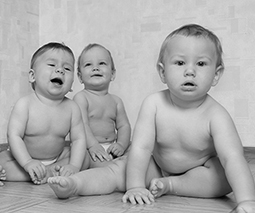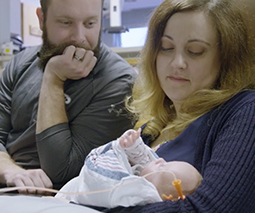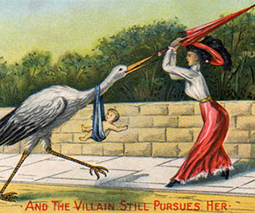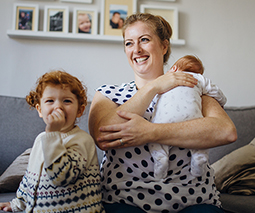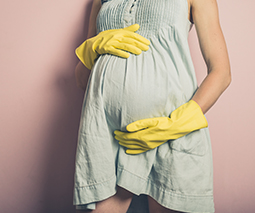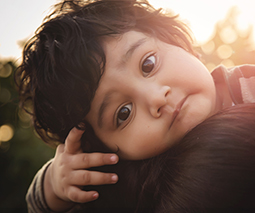Here’s how big events impact how many babies are born in Australia
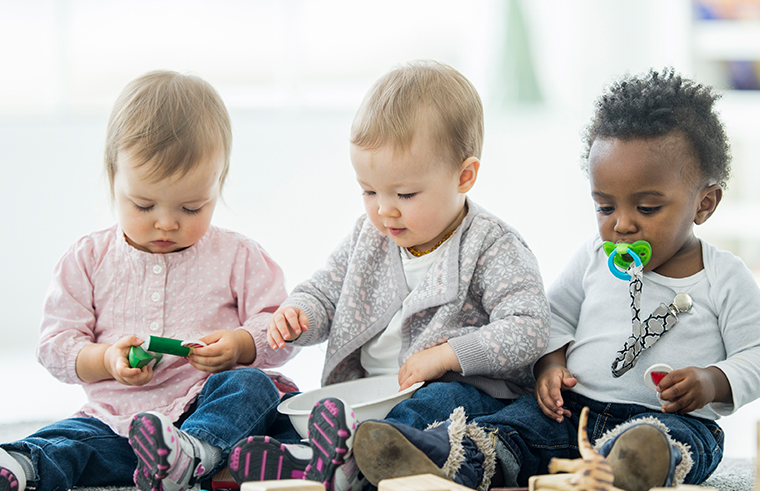
The Australian Bureau of Statistics (ABS) just shared an interesting graph which shows how some pertinent events have impacted the birth rate in Australia.
The ups and downs of birth in Australia
It illustrates some fun facts that you might not be aware of and show how government policy can have a huge impact on the population too.
For instance, after the end of World War 2 the birth rate went up and up and up!
This is understandable because optimism reigned and couples were keen to settle down and begin families. Said couples sparked the well-known baby boom that in turn sparked the much debated “Okay Boomer” meme.
A couple of other significant points on the graph were not booms, but rather busts.
For instance, when the contraceptive pill was released in Australia in 1961, the birth rate dived SUPER dramatically. That’s understandable and also pretty illuminating when you think about how many women were getting pregnant without really wanting to, pre-Pill.
Similarly when abortion law was reformed in several states, making terminations more accessible, the birth rate dropped once again.
It wasn’t all a birth rate downward spiral however.
Between 2000 and 2010 the birth rate was on the rise again. The ABS explains that this spike represents baby boomers’ children having babies.
In 2018, Australia's total fertility rate was 1.74 babies per woman, decreasing from 2.02 babies per woman since 2008. See more at http://ow.ly/3U4r50yl7Nq
Posted by Australian Bureau of Statistics on Wednesday, 12 February 2020
Generational change
Since then it’s begun to dip all over again with Generation Z and the younger millennials not quite as into having kids as their predecessors, perhaps because of the cost of living, perhaps because of climate change anxiety, perhaps because they are busy doing other things. Or they might simply be WAY too young.
If you’re not clear on all the y’s and the z’s etc …
- Baby Boomers were born between 1944 and 1964.
- Gen X was born between 1965 and 1979.
- Gen Y, or Millennials, were born between 1980 and 1994.
- Gen Z were born between 1995 and 2010.
- Gen Alpha were born 2010 and 2025.
More Australian birth fun facts
The ABS shared some of the other interesting findings their number-crunching genius staff had come up with, too:
- In 2018, Australia’s total fertility rate (TFR) was 1.74 babies per woman, decreasing from 2.02 babies per woman since 2008.
- Australia’s TFR has been below the replacement level since 1976.
- In recent decades, the average age of mothers has been increasing.
- In 2018, women aged 30-34 years had the highest fertility rate of 120 babies per 1,000 women, increasing from 107 babies in 1998.
- The teenage fertility rate has declined. There were 9.5 babies per 1,000 women aged 15-19 years in 2018, down from 19 babies in 1998.
